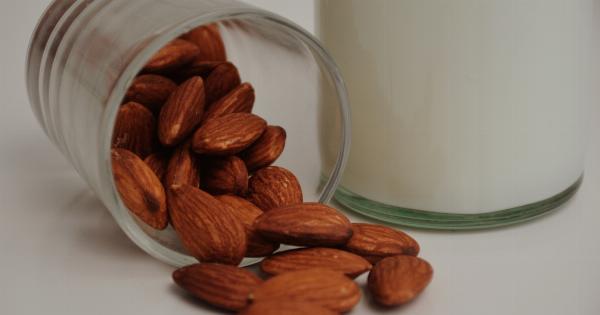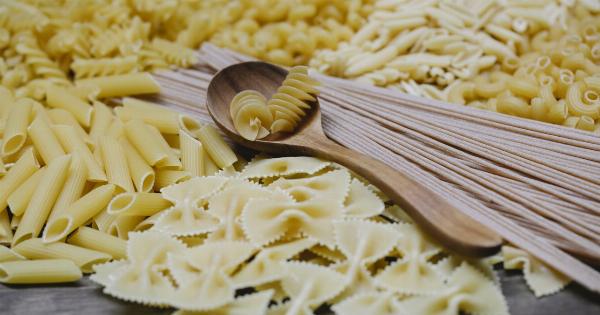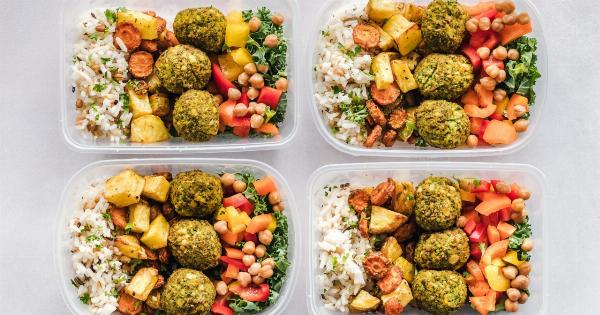Raw milk consumption has been a controversial topic for decades, with some advocating for its health benefits while others warn against the potential dangers.
Raw milk is milk that has not been pasteurized or homogenized, meaning that it has not been heated to kill harmful bacteria. While some may believe that raw milk is a healthier option, the reality is that consuming raw milk can be extremely dangerous and even deadly. In this article, we will explore the dangers of raw milk and why it should be avoided.
1. Raw Milk Can Contain Harmful Bacteria
Raw milk can contain harmful bacteria, including salmonella, E. coli, and listeria, all of which can cause serious illness and even death.
While pasteurized milk goes through a heating process that kills off these bacteria, raw milk is consumed in its natural state, increasing the risk of contamination. The Centers for Disease Control and Prevention (CDC) reports that between 2009 and 2014, there were 81 outbreaks of illness linked to raw milk consumption, resulting in 979 illnesses and 73 hospitalizations.
2. Children and Pregnant Women Are at Greater Risk
Children, pregnant women, and those with weakened immune systems are at greater risk of developing serious illness as a result of consuming raw milk.
According to the CDC, children under the age of five are the most likely to become ill from consuming raw milk. Pregnant women are also at risk, as consuming raw milk can lead to miscarriage, stillbirth, or serious illness in newborns.
3. Raw Milk Does Not Provide Additional Health Benefits
Despite claims that consuming raw milk can provide additional health benefits, there is no scientific evidence to support these claims.
In fact, the American Academy of Pediatrics (AAP) and the National Institute of Allergy and Infectious Diseases (NIAID) both recommend against consuming raw milk. The AAP states that “no pediatrician or other children’s health advocate should recommend its consumption.”.
4. Raw Milk Can Be Mislabelled
Another issue with raw milk consumption is the potential for mislabeling.
Some farmers who sell raw milk may falsely label their products as “organic” or “grass-fed,” leading consumers to believe that the milk is healthier and safer than it actually is. In addition, there is no way to know for sure if the milk has been contaminated or not, as the harmful bacteria cannot be seen or tasted.
5. Raw Milk Can Lead to Serious Illness and Death
Consuming raw milk can lead to serious illness and even death. In 2016, a woman in Utah died from consuming raw milk contaminated with E. coli. In 2012, a toddler in Indiana died from consuming raw milk contaminated with campylobacter.
These are just a few examples of the dangers of raw milk consumption, and why it should be avoided.
6. The Risks Outweigh the Benefits
While some may believe that raw milk is a healthier option, the risks of consumption far outweigh any potential benefits.
The dangers of harmful bacteria and the potential for mislabeling make raw milk a dangerous choice for anyone, but especially children, pregnant women, and those with weakened immune systems.
7. The Importance of Proper Handling and Storage of Milk
Regardless of whether milk is pasteurized or raw, proper handling and storage techniques are crucial to prevent contamination. Milk should be stored at a temperature of 40°F or below and should be consumed before the expiration date.
In addition, any utensils or equipment used to handle milk should be thoroughly cleaned and sanitized to prevent the spread of harmful bacteria.
8. Alternatives to Raw Milk
If you are looking for an alternative to raw milk, there are plenty of options available. Pasteurized milk is widely available and is considered safe for consumption.
Non-dairy milk alternatives, such as almond milk and soy milk, are also available and offer an alternative for those with lactose intolerance or other dietary restrictions.
9. The Bottom Line
Raw milk consumption can be extremely dangerous and should be avoided. The risks of harmful bacteria, mislabeling, and potential illness and death far outweigh any perceived benefits.
Proper handling and storage techniques are crucial for all types of milk, but especially raw milk. There are plenty of alternatives available, including pasteurized milk and non-dairy milk alternatives.




























